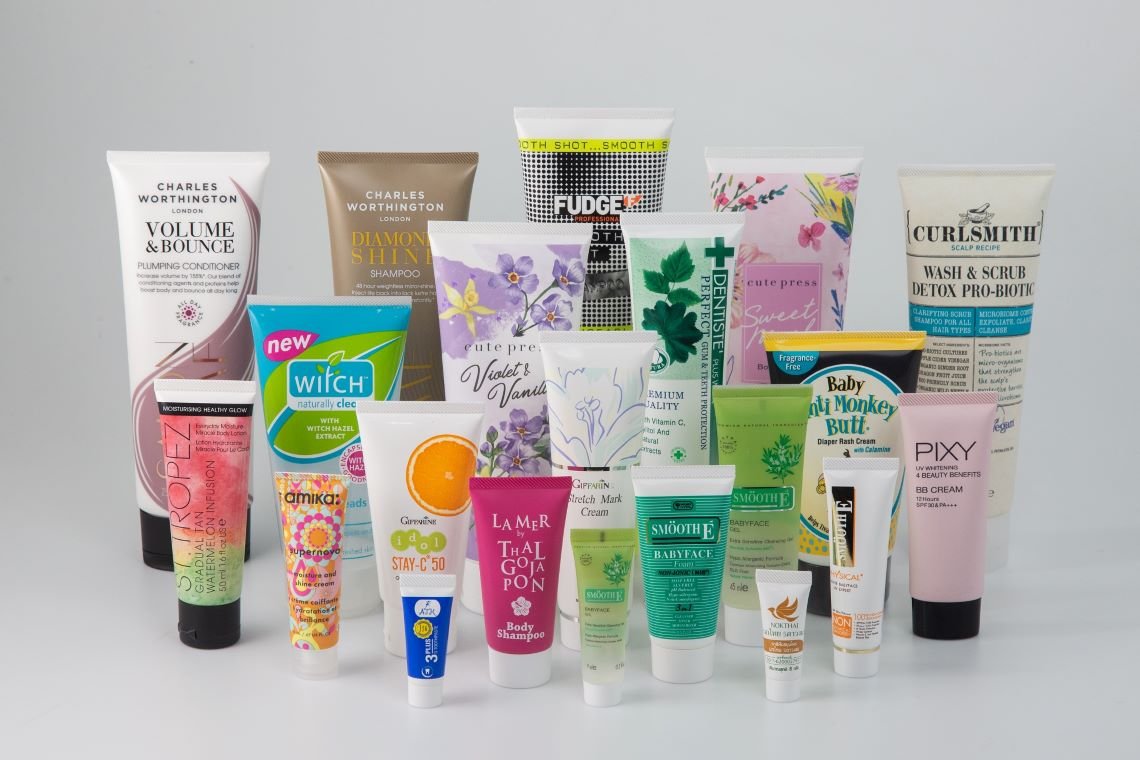The Consistency of Extruded Plastic Tubes Helps Retailers
Last updated: 30 Mar 2022 | 1468 Views |

You may have noticed that products packaged in extruded plastic tubes are being offered in more sizes than ever before. But each of the sizes offered by the packaging manufacturer is well-known by the retailers who stock the products.
Ever since the first chain store was developed, stocking store shelves has undergone as much development as the products on the shelves. Have you ever wondered how chain stores manage to stock the same products in the same areas on store shelves that may be 500 kilometres apart? The answer is in the science of merchandising.
Merchandising Helps Stores Capitalise on Products
When the concept of having a series of stores under one brand was first launched, the managers had to come up with a way to ensure the ongoing profitability of all their stores.
At the same time, the chain stores relied on the concepts of uniformity and familiarity to entice repeat customers through their doors. By shopping at a familiarly-branded store, a customer would be assured of finding the same products, at the same prices, and in the same locations.
By having set 'schematics' of the most profitable product mix, they could adjust the schematics from a central location and then send them to the individual stores to be copied.
Making a Science of Store Shelf Arrangements
As the chain stores grew in number and size, these schematics became more important. They were used as guides to help with buying, marketing exercises and sales schemes.
The sales data of the products in the schematics were also tracked and began playing a part in the layout of the store shelves. The hottest selling items were given choice placement on eye-level shelves in areas of the store with heavy traffic.
When the manufacturers learned about this new way of organising shelves, they began to figure out how they could maximise their sales and reap some of the benefits of this new concept in store design and layout.
They realised that the size and shape of their products could either help or hinder the store’s sales, and the stores could decide whether or not to carry a product based on this data. Big bulky products that were inexpensive for consumers wouldn't be found in stores that used schematics and measurements. They simply took up too much shelf space without delivering much profit.
Having an entire line of a manufacturer's products on display could be helped by designing similar-sized packaging for each product. The schematic work was simplified and made faster for the retailer. They could easily measure the profit potential on multiple shelves with the same sized products.
As manufacturers learned more about the details of merchandising, they sought to differentiate their products from their competitors, who might share precious shelf space with their products.
Helping the Retailer from a Practical Perspective
Brands pressed their packaging manufacturers to create bolder designs and more brilliant and noticeable colours to help their products catch the eye of shoppers.
The packaging suppliers responded by creating eye-catching designs in a myriad of colours, but the suppliers also looked at the retailer's needs from a practical perspective.
They realised that extruded tube packaging they supplied that had become so popular took up very little room on store shelves. The products all sat upside-down on their caps. They started experimenting with different sized products that all had the same sized caps, and so they were able to offer the same sized footprint on a store shelf.
They began to offer different sizes of tubes to their customers. The customers recognised the possibilities, and soon you were able to buy economy or family-sized products on the shelves of chain stores all over the world.
Working Together
Today, brands regularly work together with chains and packaging suppliers to help them decide on the form of their upcoming products. They share both data and practical knowledge and experience.
Schematics have also become a source of revenue for chain stores. The location of a product's placement on store's shelves has a certain value in exposure that can be measured. Brands regularly pay 'slotting fees' to chain stores that mean their products will be displayed in the most visible areas of the store.



